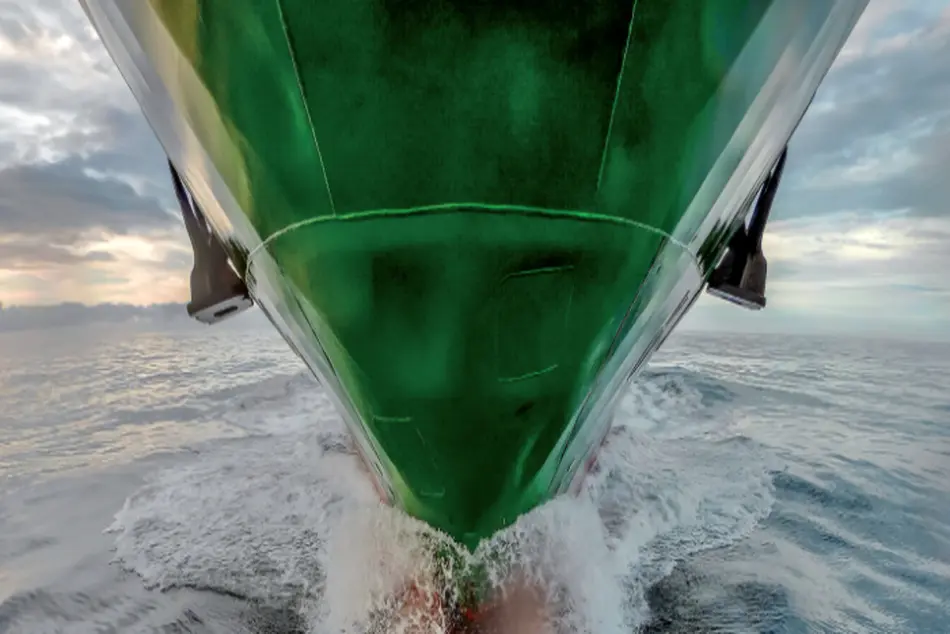16th-Century Iron Salvaged From Swedish Shipwreck Offers Clues to Trade History
Swedish archaeologists are studying a rare discovery from a 16th-century shipwreck near Stockholm, hoping it will shed light on the history of trade and industry in the Baltic region and Sweden during that era.

Swedish archaeologists are studying a rare discovery from a 16th-century shipwreck near Stockholm, hoping it will shed light on the history of trade and industry in the Baltic region and Sweden during that era.
In May 2024, a barrel containing pieces of iron known as osmond was raised from the shipwreck in the waters off Dalaro in the Stockholm archipelago.
Osmond is a form of iron associated with the first European production of cast iron in furnaces in Sweden.
Unusually well-preserved due to the wreck's location, the iron chunks offer archaeologists a chance to learn more about osmond iron, a key Swedish export item at the time.
"There's lots of analysis that we're going to do, because this is the first time we have ever seen this in the modern daylight,” said Jim Hansson, an maritime archaeologist and project leader at Stockholm's Museum of Wrecks, which led the dives on the ship.
Since being raised, the barrel has been kept in freshwater to preserve it.
“It’s a really important find, because now we can start to find out how Sweden improved and developed its economy,” Hansson added.
He also said that given the preservation of the wreck and all the cargo, it was a unique time capsule from the 1550s.
The wreck itself was first discovered in 2017. The barrel was raised in a joint project between the Museum of Wrecks and Sweden’s Steel Producers Association, seeking to learn more about osmond iron, including its production and uses.